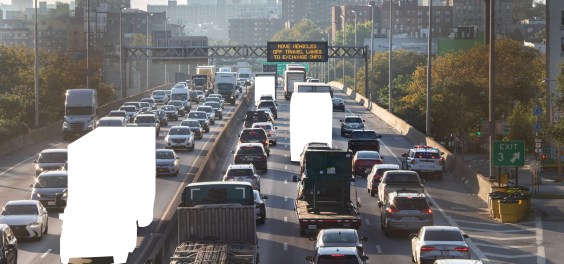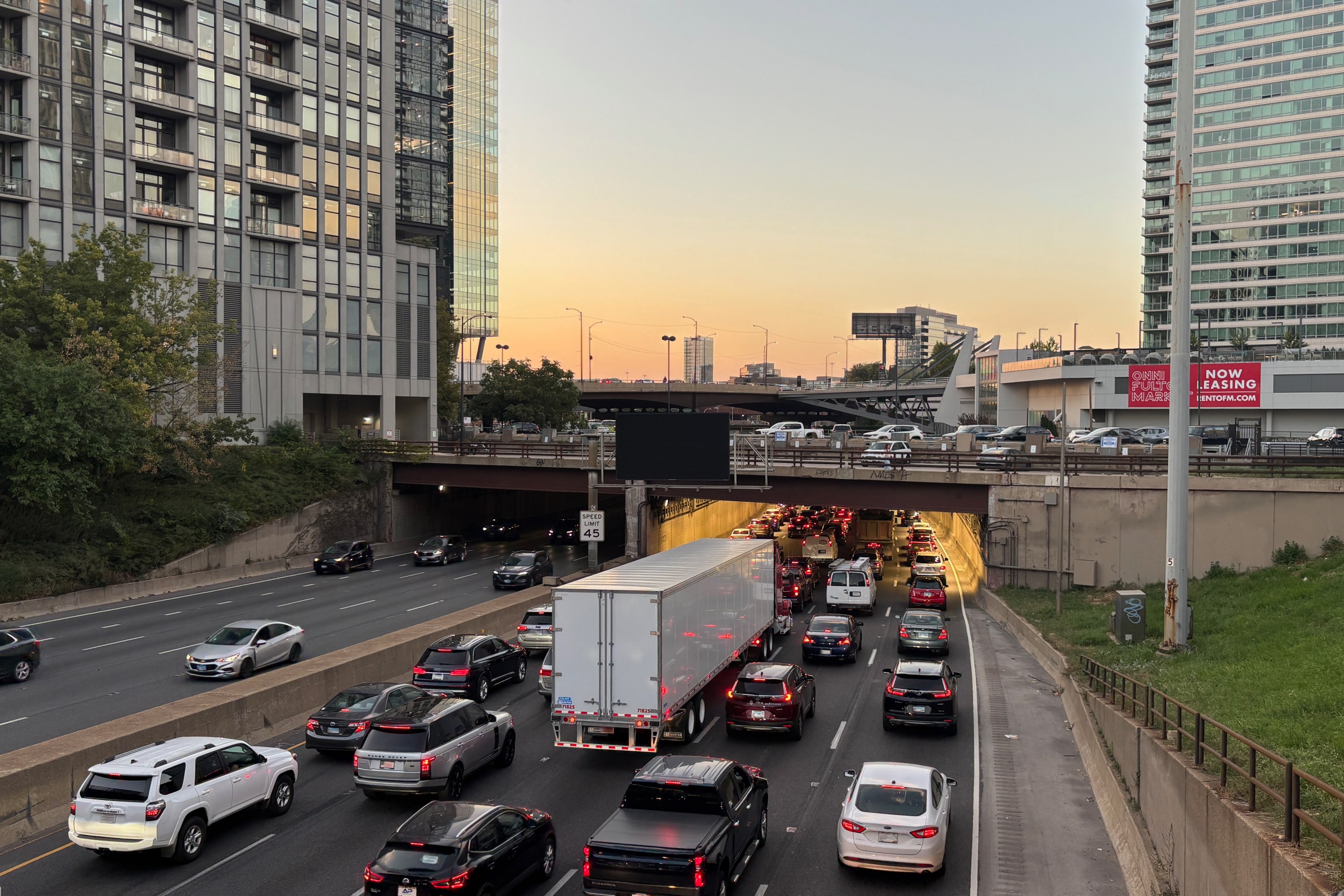Streets that road users find boring and depressing are more likely to be the site of higher volumes of non-motorist car injuries than ones they rate as beautiful, a new study finds — and to be proactive about saving lives, transportation leaders might be wise to consider how their residents feel on their streets, in addition to how often they get hurt.
Researchers at the University of Connecticut recently analyzed the emotional reactions of more than 81,000 volunteers to a trove of Google Street View images from 56 cities around the world — and found that certain recurring perceptions correlated tightly with how many car crashes involving vulnerable road users actually happened where those photos were taken.
Perhaps unsurprisingly, the participants were pretty good at gauging whether a road was "safe" for walking and biking just by eyeballing it and reporting on how safe it made them feel in general, adding further evidence to the pile that "perceived safety" is a critical metric that every transportation leader should take seriously. Streets that volunteers perceived as "wealthier" also tended to record lower crash volumes — which also might be intuitive, considering that some of the most obvious signs of neighborhood affluence can be great public infrastructure like smooth sidewalks, pristine bike lanes, and ample street lighting.
Roads that were rated as "lively," meanwhile, were associated with higher crash volumes — though the researchers were careful to note that may just be because there were more people in those images, and crash rates per capita, or per pedestrian- or bike-mile traveled, might actually be lower in hopping human-centered areas.
Perhaps less intuitively, though, the study found that "boring" and "depressing" streets were associated with more crashes, despite the fact that transportation planners rarely design roads with those emotions in mind. "Beautiful" streets, meanwhile, were associated with less roadway bloodshed overall.
The fact the study was able to prove those associations across such a large data set suggests travelers' emotions might be a hidden tool for to predict traffic violence trends — and stop them before they keep happening.
"There already previous studies about the behavioral influence of human perceptions. ... But there wasn't this direct evidence linking [it] to actual traffic crash records," said Congcong Miao, the lead author of the paper.
Of course, "beauty" is famously in the eye of the beholder, and other subjective qualities like "boringness," "liveliness," and even perceptions of wealth are, too — especially when those beholders are getting around in different ways.
Co-author Peter Chen also points out that the global pool of volunteers who gave their gut-checks for the analysis wasn't designed to be statistically representative of the United States, and the data wasn't disaggregated across things like race, gender, or income level. Nor were participants asked whether they usually see their cities from behind a windshield, from behind a set of handlebars, or from the seat of a wheelchair.
A traveler with a disability, for instance, might notice safety hazards in a Street View image that a daily driver wouldn't, like missing crosswalk buttons or curb ramps; drivers, meanwhile, might find a snowy rural road beautiful, while a pedestrian might see the ugly possibility of clambering through a snowbank with no sidewalk.
"How pedestrians or bikers view the surrounding neighborhood is a factor that is not evaluated in this paper," Chen added. "That's something that we really want to look at next."
Still, Chen and Miao argue that it's valuable to talk more about the emotional reactions our streets elicit — even if it's not clear exactly why boring, depressing streets tend to be so dangerous for people outside cars, or why beautiful ones are so safe.
One simple theory is that our emotional perceptions often directly influence our behavior on the road, like bored drivers reaching for their cell phones behind the wheel, or would-be pedestrians avoiding walking down depressing, run-down roads – leaving those with no choice but to make the trek to fend for themselves without safety in numbers. How those behaviors vary across populations and landscapes, though, deserves more study.
"It's a preliminary analysis," said Miao. "If we want to know detailed reasons why those perceptions lead to those traffic safety results, we'd need to do detailed local surveys [about] how people feel, how they behave, what [the] chance[s are] that [will] lead to a traffic crash."
Still, the researchers argue that if transportation leaders can broaden their emotional vocabulary, it's possible they could make their communities safer. And that includes not just asking residents whether proposed road designs make them feel safe, but how they make them feel, period.
"Maybe we can evaluate the 'boring' score for the entire city and pinpoint the location that will likely have a crashes in the future," added Chen. "Then we can do proactive planning for targeted areas."






